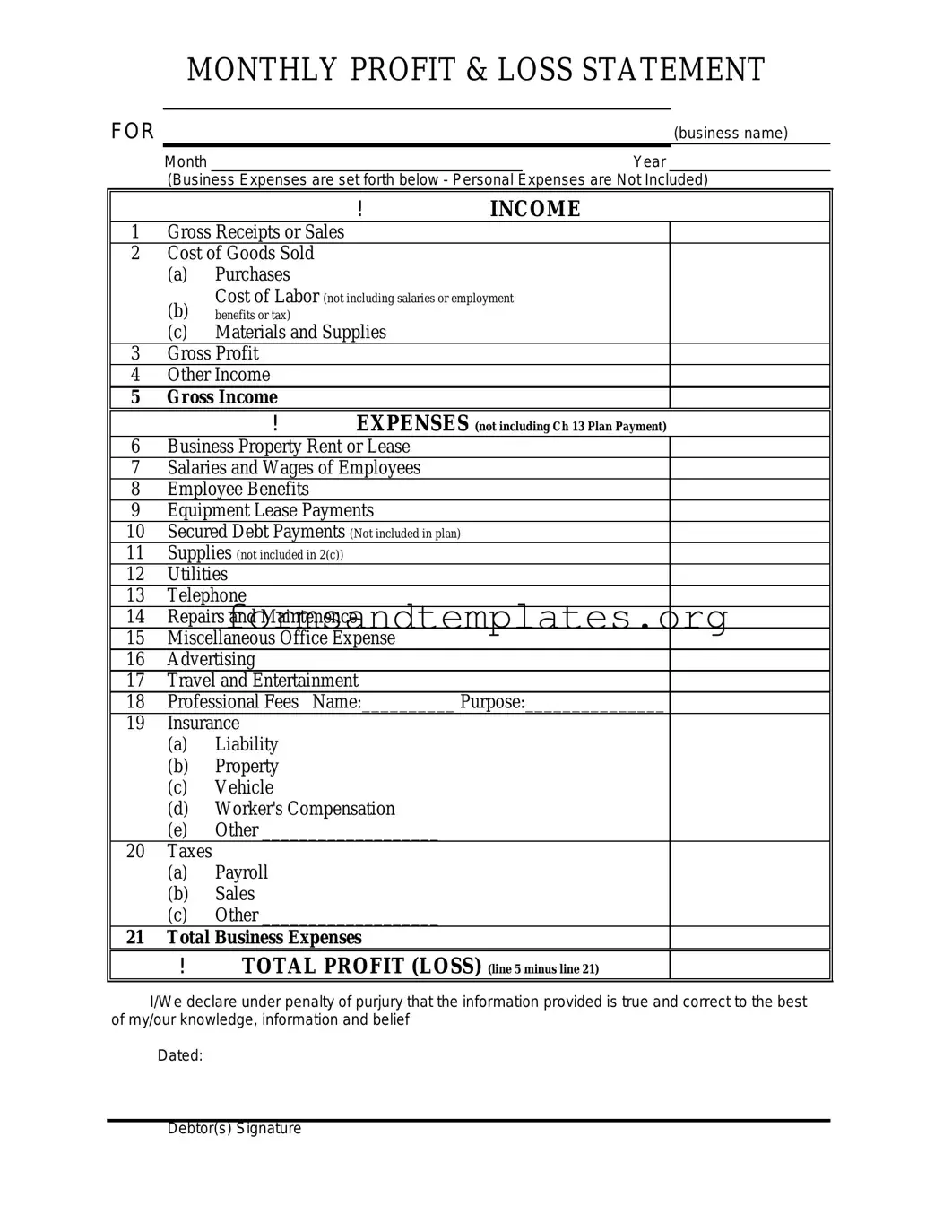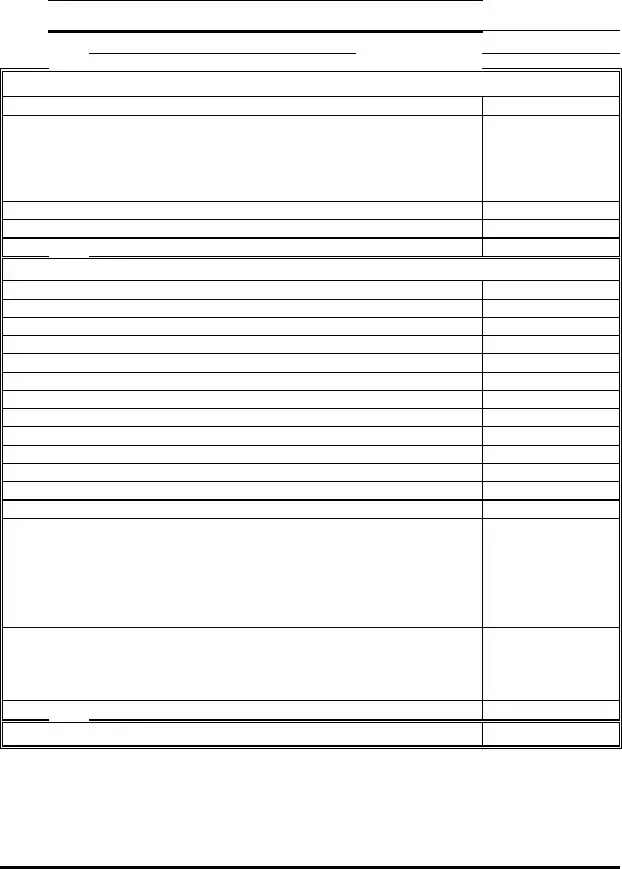A Profit and Loss form, often referred to as a P&L statement, is a financial document that summarizes the revenues, costs, and expenses incurred during a specific period. This form helps business owners understand their financial performance and is essential for assessing profitability. By analyzing this statement, stakeholders can make informed decisions about the future of the business.
The Profit and Loss form is crucial for several reasons:
-
It provides a clear picture of a company's financial health.
-
It helps identify trends in revenue and expenses over time.
-
It is often required for tax purposes and when applying for loans or investments.
-
It aids in budgeting and forecasting future financial performance.
Typically, businesses prepare a Profit and Loss form on a monthly, quarterly, or annual basis. Monthly reports can help track performance closely, while quarterly and annual reports provide a broader view. The frequency often depends on the size of the business and the needs of its stakeholders.
What are the main components of a Profit and Loss form?
A standard Profit and Loss form includes several key components:
-
Revenue:
Total income generated from sales of goods or services.
-
Cost of Goods Sold (COGS):
Direct costs attributable to the production of goods sold.
-
Gross Profit:
Revenue minus COGS.
-
Operating Expenses:
Costs incurred in the normal course of business, such as rent, utilities, and salaries.
-
Net Profit:
The final profit after all expenses have been deducted from total revenue.
How do I calculate my net profit?
To calculate net profit, follow these steps:
-
Start with total revenue.
-
Subtract the cost of goods sold to find gross profit.
-
Subtract all operating expenses from gross profit.
-
The result is your net profit.
It’s essential to ensure that all income and expenses are accurately recorded to get a true picture of profitability.
Yes, the Profit and Loss form is often used for tax purposes. It provides a summary of income and expenses, which is necessary for filing taxes. However, it is advisable to consult with a tax professional to ensure compliance with all tax regulations and to maximize deductions.
What if my business has a net loss?
If your Profit and Loss form shows a net loss, it means that your expenses exceeded your revenue during the reporting period. While this can be concerning, it’s important to analyze the underlying reasons. Consider the following steps:
-
Review your expenses to identify areas for cost reduction.
-
Evaluate your pricing strategy to ensure competitiveness.
-
Look for opportunities to increase sales or diversify revenue streams.
Addressing these factors can help turn a loss into a profit in future periods.
Many resources offer free or paid templates for Profit and Loss forms. You can find them through accounting software, financial websites, or by searching online. Additionally, consulting with an accountant can provide tailored templates that suit your specific business needs.

